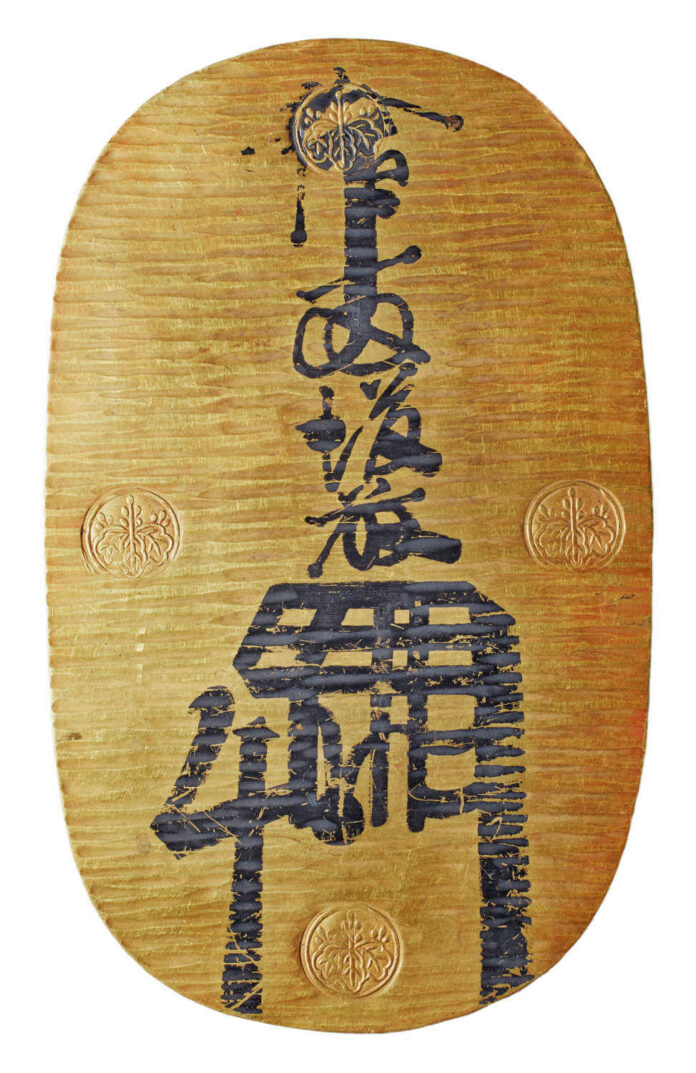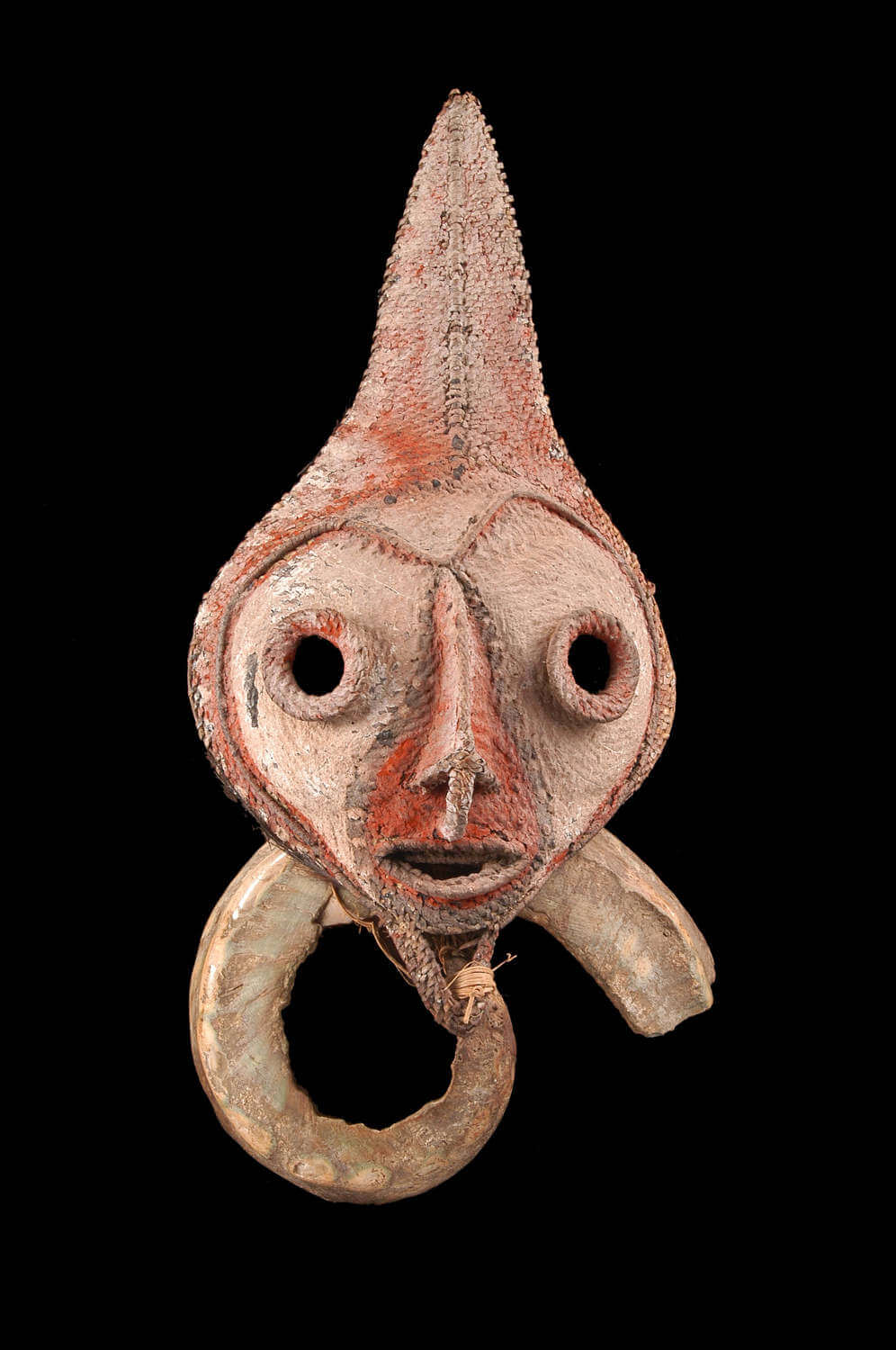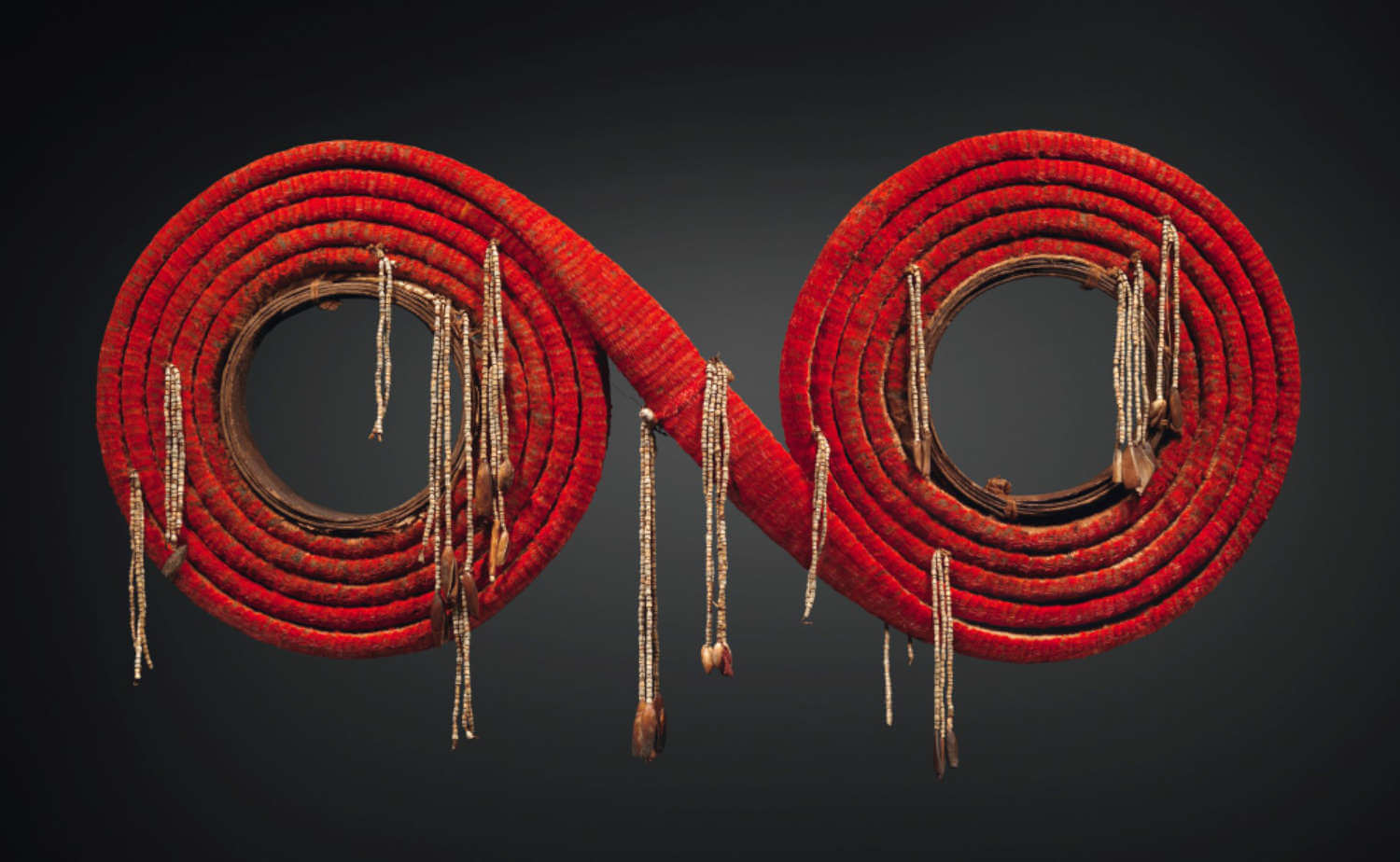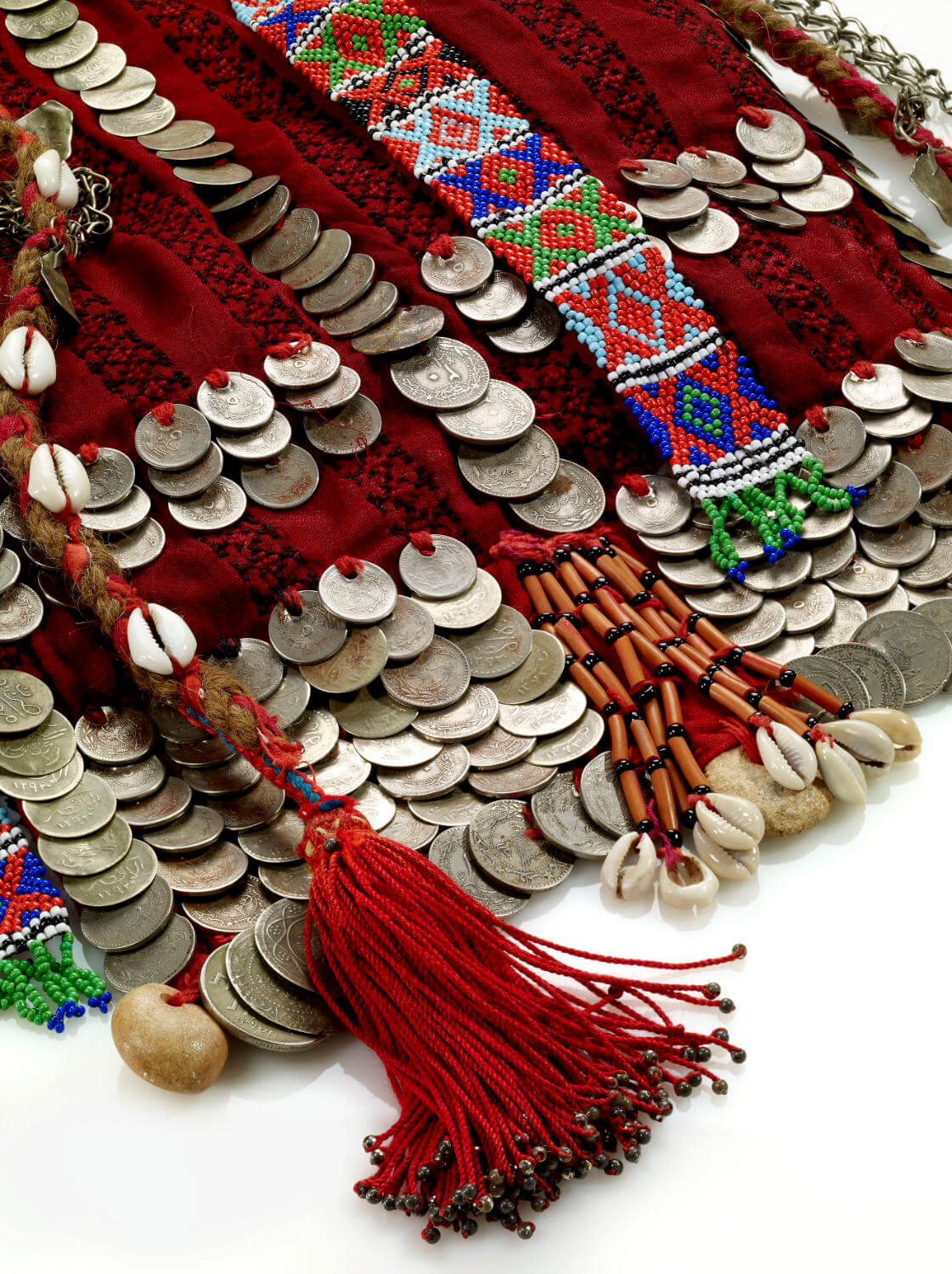The Monnaie de Paris presents the special exhibition “Monnaies Et Merveilles” that will take visitors on a journey amongst the countless variety of monetary forms, materials, and uses. Over 200 artifacts are on display in the historic salons until 25th September 2022.
From gold to silver, feathers, mother-of-pearl, pearls and iron, the diversity of money is truly astonishing. Mankind has created a plethora of forms to represent commercial transactions inside or outside its tribe, to express rank, prestige, and wealth, and to ensure the balance and survival of the community.
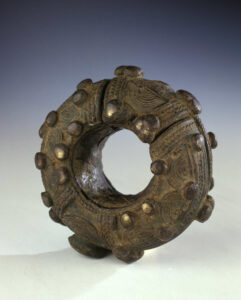
Whether displayed or kept secret, endowed with social or religious symbolism, these instruments of socialization and exchange take on a large spectrum of characteristics, from the Kuba velvet of Zaire to the currency bracelets of the Ivory Coast, the textiles of Timor (southeast Asia), or the feather currency rolls of the Santa Cruz Islands (Polynesia).
Major museums have contributed to the exhibition with loans from Musée du Quai Branly-Jacques Chirac, Musée des Confluences, Musée des Arts Asiatiques-Guimet, Musée des Arts Décoratifs, Mucem, Musée Barbier-Mueiller in Geneva, as well as from galleries and private collectors (Galerie Meyer, Pierre and Claire Ginioux, Paul and Fabienne Giro).
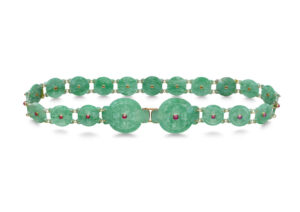
Over 200 artefacts will immerse the public into the very core of how money is used and ritualized across cultures and civilizations, from the clustered snake currency of the Mumuye in Nigeria to the gold marangga breastplates of the island of Sumba, to a range of marriage currency used by the Talipun in Papua New Guinea. The exhibition will also highlight a series of popular European objects. Among them, are the fortune-telling machines, on loan from the Mucem, which used coins as a gateway to irrational and fantasy.
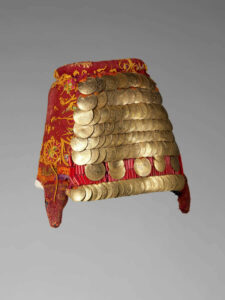
Marc Schwartz, CEO of the Monnaie de Paris: “The exhibition Monnaies & Merveilles embodies the renewed cultural programme I have envisioned for the Monnaie de Paris and that is carried out by Catherine Monlouis-Félicité, Director of Cultural Development. In today’s increasingly dematerialised economy, this exhibition will showcase the diversity of forms and uses of money across continents and cultures, while revealing the importance of its symbolic and ritual dimensions”.
The exhibition is curated by Bérénice Geoffroy-Schneiter. An art historian specialising in the symbolism of non-Western jewellery and adornment, she was the co-curator of the exhibition ‘Voyage dans ma tête, la collection de coiffes ethniques d’Antoine de Galbert’ (Maison Rouge, 2010) and has published several works on tribal art, as well as catalogues for different foundations and museums (Musée du Louvre, Fondation Baur in Geneva, Villa Kérylos in Beaulieu-sur-Mer). She is a member of the AICA (International Association of Art Critics) and frequently collaborates with several art publications.
Bérénice Geoffroy-Schneiter, Exhibition curator: “I have designed this exhibition as a large Cabinet of Curiosities, rather than a comprehensive overview. Visitors are invited to explore the customs and habits associated with the various purposes of money throughout the world. The exhibition will present a large spectrum of uses and forms, playing with different scales and materials, from the most material to the most immaterial, the most rational to the most irrational, the most intimate to the most ostentatious. In the words of the great ethnologist Georges Condominas, “The Exotic is Every Day”, and sometimes sneaks in where we least expect it”.
The exhibition will be documented in a catalogue published by Silvana Editoriale, with cross-disciplinary perspectives from anthropologists, economists and art historians.
Further details about the exhibition are available on the Monnaie de Paris website.
Read more about money in other societies explained through pieces of the Kuhn collection.
A previous exhibition at the Monnaie de Paris followed the footsteps of Napoleon I.
If you happen to visit the Monnaie de Paris, don’t miss the museum of economy in Paris: Citéco.



